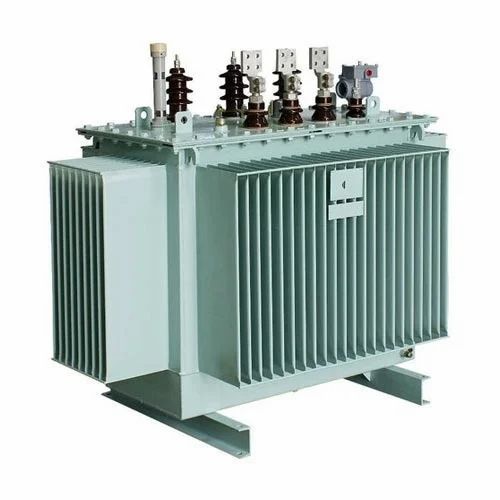
Unveiling the Power: Exploring the Three Types of Electrical Transformers
Electrical transformers play a crucial role in the transmission and distribution of electricity, ensuring efficient and safe power supply. Understanding the different types of transformers is essential for professionals and enthusiasts alike. In this article, we will delve into the world of electrical transformers, exploring the three main types and their unique characteristics.
- Power Transformers:
Power transformers are the backbone of electrical power systems, stepping up or stepping down voltage levels for efficient transmission and distribution. These transformers are typically found in power plants, substations, and industrial settings. They handle high power levels and operate at high voltages, making them vital for long-distance power transmission. Power transformers are designed to provide stable and reliable power supply, ensuring minimal losses and maximum efficiency. - Distribution Transformers:
Distribution transformers are the unsung heroes of our everyday electrical infrastructure. They are responsible for reducing the voltage from the power grid to levels suitable for residential, commercial, and industrial use. These transformers are commonly seen on utility poles or in ground-level cabinets, serving local neighborhoods and buildings. Distribution transformers are designed to handle lower power levels and operate at lower voltages. They ensure a safe and reliable power supply to end-users, while also providing isolation and protection against electrical faults. - Instrument Transformers:
Instrument transformers are specialized transformers used for measurement and protection purposes. They are commonly employed in electrical substations and industrial settings. Instrument transformers include current transformers (CTs) and voltage transformers (VTs). CTs are used to measure high currents, stepping them down to levels that can be safely measured by instruments. VTs, on the other hand, are used to measure high voltages, providing accurate readings for monitoring and control systems. Instrument transformers play a crucial role in ensuring the safety and accuracy of electrical systems, enabling efficient monitoring and protection against faults.
Conclusion:
Electrical transformers are the unsung heroes of our modern power systems, enabling the efficient transmission, distribution, and utilization of electricity. In this article, we have explored the three main types of transformers: power transformers, distribution transformers, and instrument transformers. Each type serves a unique purpose and plays a vital role in ensuring a reliable and safe power supply. By understanding the characteristics and applications of these transformers, professionals and enthusiasts can gain a deeper insight into the fascinating world of electrical power systems.